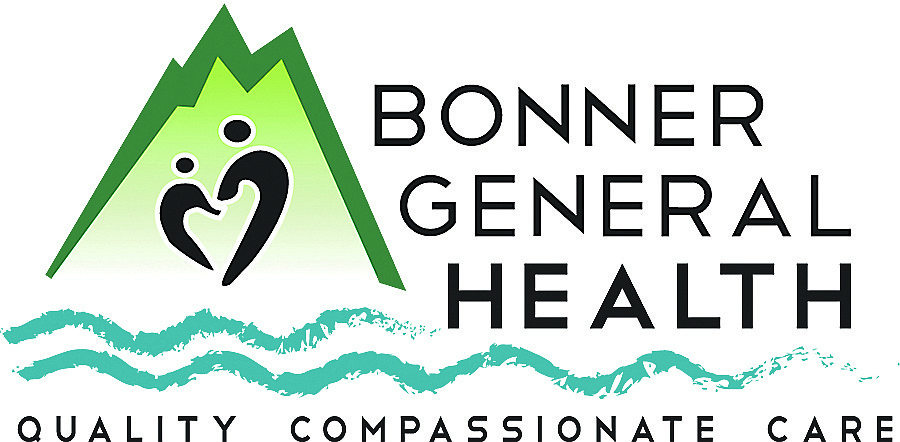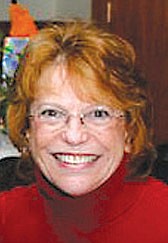Exercise pain can hurt
Whether it was caused by a vigorous late summer hike, getting the yard ready for fall or changing your workout in anticipation of ski season you’ve now found yourself with aching and burning muscles. Major ouch.
Delayed onset muscle soreness (DOMS) will affect all of us at some time or another if we venture off the proverbial couch. It most commonly occurs when we’ve begun a new exercise regime or just overdone what we’ve been doing.
So even if you thought you were in great shape, you may be feeling that stiffness today, maybe even again tomorrow, but rest assured the pain will subside. And rest assured that it’s a normal adaptation process that will lead you to greater stamina and strength as your muscles recover and build hypertrophy. What a nice big word for increasing muscle tone.
DOMS shouldn’t be confused, however, with the pain you felt during the exercise. And, it’s not like the acute sharp pain you feel when you’ve injured yourself. It doesn’t cause the swelling or bruising that you’d get if you strained or sprained a muscle.
Experts think the soreness is caused by microscopic tearing of the muscle fibers. The amount of tearing is dependent on the intensity of the exercise and how long you perform it. Spending a few hours gardening can result in as much discomfort as running a half marathon depending on how accustomed your muscles were to the action.
Movements that cause muscles to forcefully contract while lengthening (eccentric muscle contractions) cause the most tenderness. Walking or running down hill, lowering weights, the downward motion of squats and push-ups can not only cause the tiny tears, but may cause swelling in the muscle as well.
There is a lot of advice out there on how to treat delayed onset muscle soreness and, not surprisingly, some of it is contradictory. A strategy that has some support from research is to perform an easy low-impact aerobic exercise thinking that increasing blood flow will diminish the pain.
Although there’s not clear evidence it will work, an ice bath or ice pack at the source of pain may be helpful as perhaps a heating pad might be. If you suspect a serious strain or sprain you should ice for the first 72 hours and then add heat. If the pain doesn’t subside, contact your medical practitioner.
Some athletes swear by a sports massage, if nothing else it feels good. And, certainly if you’re uncomfortable a non-steroidal anti-inflammatory like aspirin, ibuprofen or naproxen will temporarily reduce symptoms although they won’t aid in recovery.
Gentle stretching is sometimes recommended although research doesn’t prove the efficacy of stretching either before or after exercise. However, many gurus support performing Yoga on a regular basis for reducing DOMS.
The proven solution is rest. Wait it out. The tenderness should go away within the week without any treatment. When you’re feeling better you can resume the activity, but be cautious of how strenuously you exert those tender muscles.
Honestly, most of us just don’t realize what we’re doing to our muscles until we’ve done it. We hear “no pain, no gain.” Some people will say it’s the only way to get buff. Well if it’s not buff, just a good healthy body you’re after, perhaps a slower approach will help you achieve greater results with less agony.
When starting an exercise regime, always progress gradually. Incrementally increase your exercise time and intensity no more than 10% per week. Warm up thoroughly before an activity and cool down afterward. Avoid making sudden changes in the type of exercise you do or the amount of time spent doing it. Always be safe. Take the proper precautions relative to the activity you’re doing.
Be sensible. If you know what you want to achieve, but don’t know how to do it, hire a professional personal trainer. There is no point in suffering bouts of DOMS if you’re not successful with the outcome.
Now take a minute to appreciate what you put your body through, then take some time to figure out what else you can do before the snow flies. Can I suggest you sign up for Bonner General Health’s Find Your Strength 5K and 1K race at bonnergeneral.org? This worthwhile fundraiser is being held Sept. 24.
Kathy Hubbard is a member of the Bonner General Health Foundation Advisory Council. She can be reached at kathyleehubbard@yahoo.com.



